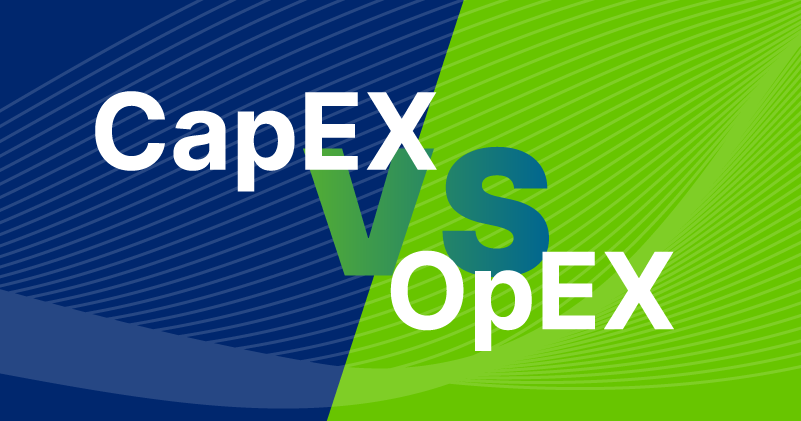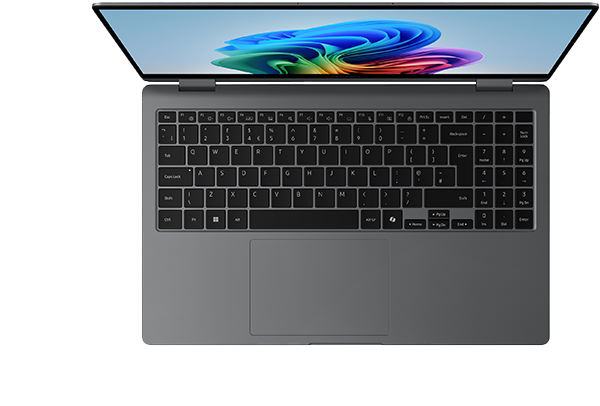11 months left to upgrade to Windows 11

October 14, 2025. That’s the date Microsoft announced as the end of support for Windows 10 Home and Pro. The current 22H2 version will be the last one, and no further updates will be released.
With only 11 months remaining, it’s vital for organisations to prepare to switch to Windows 11.
Why is it so important to upgrade before October 2025?
Failing to upgrade in time can expose organisations to several risks, as Windows 10 will no longer receive updates or support from Microsoft.
- Security Risks: Without security updates, Windows 10 devices will be more vulnerable to new viruses, malware, and cyberattacks. This can lead to data breaches and costly security incidents.
- Compatibility Issues: New software and tools will focus on Windows 11, and over time, certain applications may not function properly or at all on Windows 10, limiting productivity.
- Lack of Support: When problems arise with Windows 10 after support ends, Microsoft won’t offer fixes or customer support. This can lead to increased downtime and potentially higher IT support costs.
- Compliance Risks: For industries with strict data privacy and security requirements, using unsupported software could result in compliance issues or even fines.
What do you need to upgrade to Windows 11?
Windows 11 requires a minimum of an 8th-generation processor, 4 GB of RAM, and 64 GB of storage. Upgrading will likely mean a refresh of older hardware that doesn’t meet these specifications.
Why upgrade now?
Transitioning to Windows 11 and updating outdated hardware isn’t just about keeping up with technology—it’s a strategic move to strengthen cybersecurity, enhance operational efficiency, and ensure compliance. Planning and executing this upgrade in a timely manner will position organisations for long-term resilience and competitiveness.
Need help with the transition?
At InnoVent, we specialise in cost-effective, efficient upgrades to Windows 11. Reach out to us to learn more about how we can support your journey to a more secure and future-ready IT environment.
Related Blogs

Unlock cash and flexibility after your Windows 11 upgrade
Upgrading from Windows 10 to Windows 11 is more than just new hardware, it comes with hidden costs like software, migration, training and downtime. If your IT transformation has stretched your budget, now is the perfect time to unlock the value tied up in your assets.

CapEx vs. OpEx: What’s the difference and what do they actually mean?
Understanding the difference between CapEx (Capital Expenditure) and OpEx (Operational Expenditure) can help businesses make smarter financial decisions. This blog explains these terms in simple language, with clear examples of when each applies. It also explores how companies are increasingly moving traditionally CapEx items, like laptops, into OpEx models to better manage fast-depreciating assets and stay flexible in a fast-changing environment.

Keep Windows 10 or Upgrade? Why Refurbished IT might save you more
With Windows 10 support ending, many organisations face rising costs to stay compliant. This blog explores a smarter alternative — high-performance refurbished devices that are Windows 11-ready, cost-effective, and sustainable. Discover how 2nd Life IT could save you money, reduce waste, and even offer value for your old equipment.
